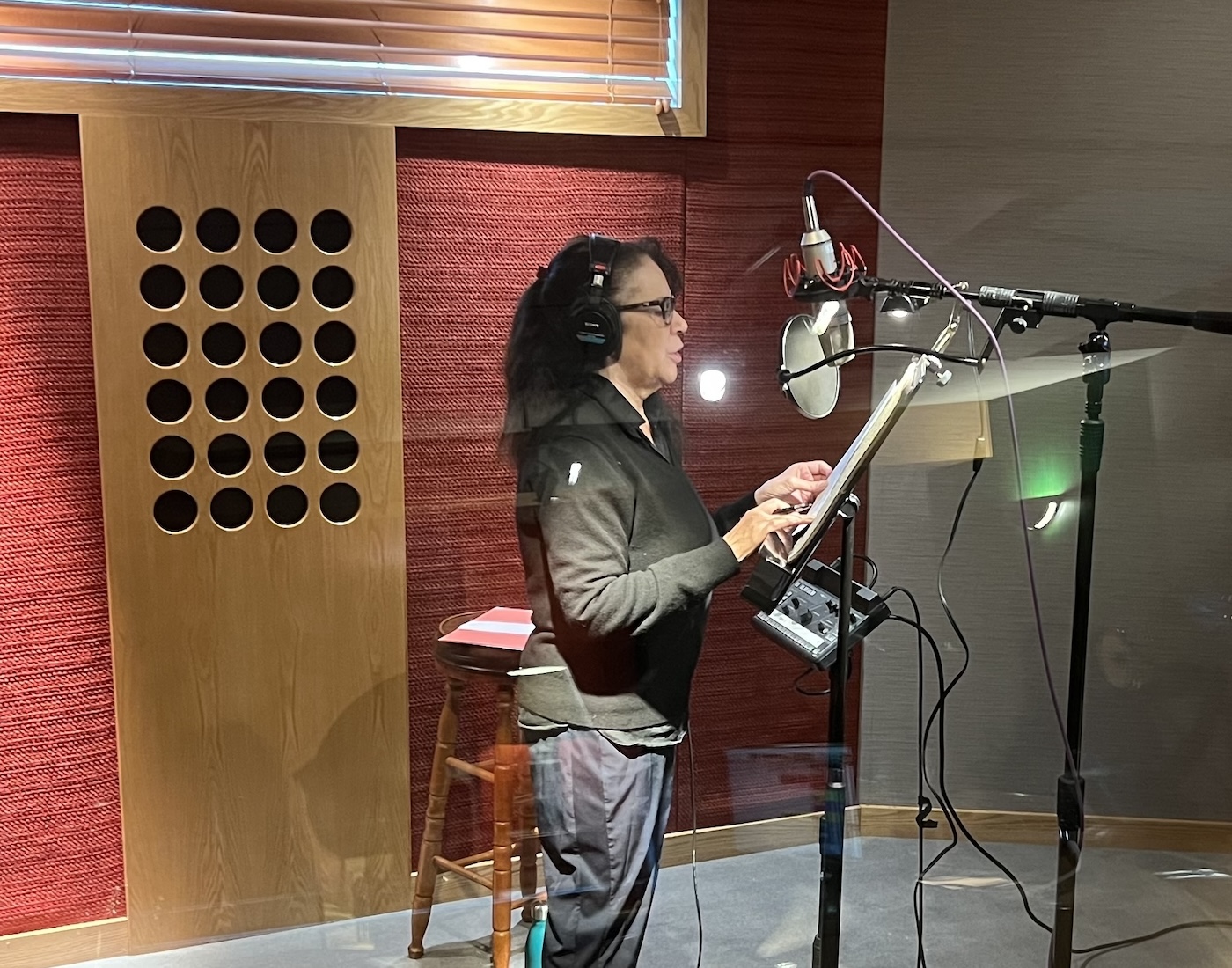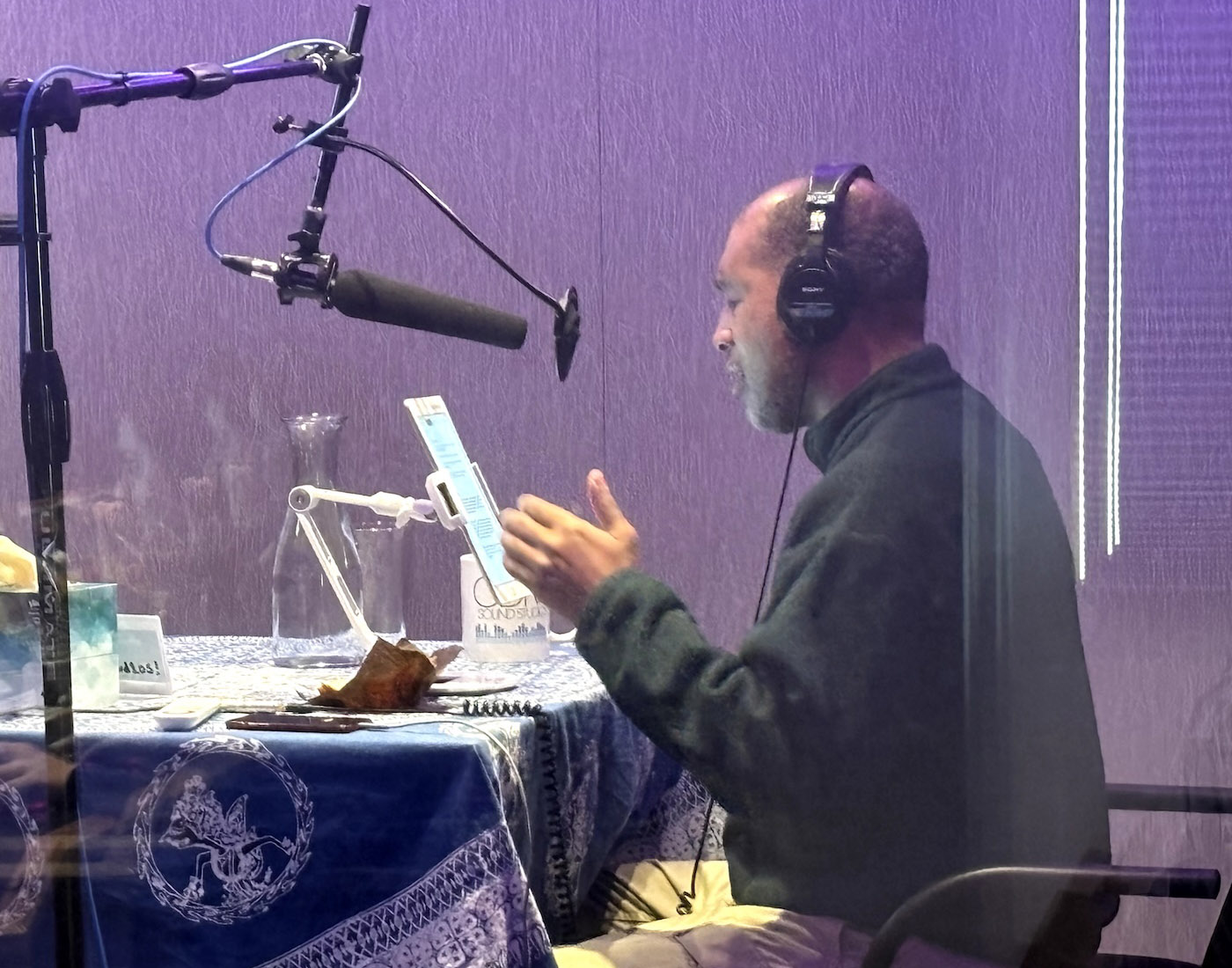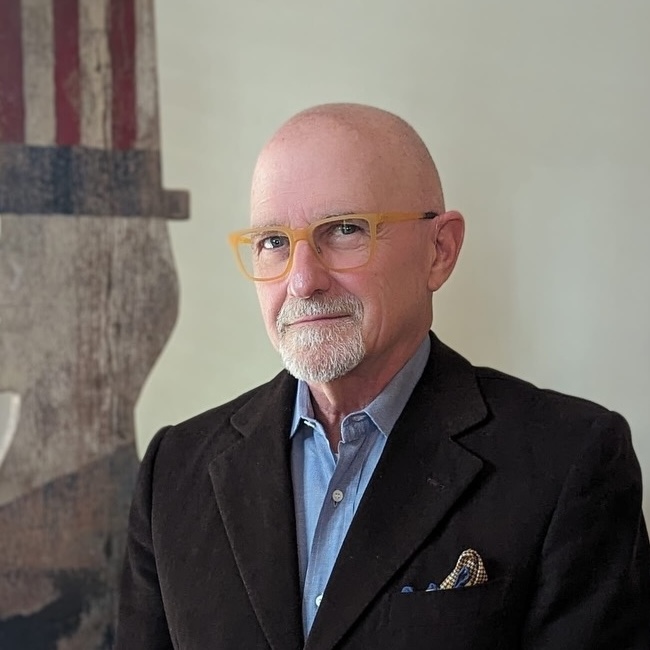About the Project
Discover how the project team reconstructed the oral arguments and opinion from Brown v. Board of Education using human actors and artificial intelligence.
Origin
Inspired by advances in artificial intelligence systems, Professor Jerry Goldman set out to utilize modern voice-cloning and text-to-speech technology to re-create the monumental Supreme Court oral arguments leading to the Brown v. Board of Education decision on May 17, 1954. The initiative has been driven by the absence of any audio records from the 1952 and 1953 sessions (and again in 1955) which predate the court's recording system. The project recognizes and celebrates the seventieth anniversary of the Brown decision by mixing excellence in journalistic storytelling, innovation in web interface design, advanced media technology, and empathy for those involved. The results achieve accurate, life-like audio from existing text transcripts, capturing the tone, emotion, and gravity of the discussions that led to a landmark judgment against legal racial segregation in public education.
The project goal is an accurate, emotive audio representation of the oral arguments and unanimous opinion announcements surrounding the Brown v. Board of Education case. Creating authentic audio re-creations ensures historical accuracy and integrity of our documentation of these significant events. We hope this fosters a deeper public understanding and appreciation for this pivotal moment in the fight against racial segregation, especially on the seventieth anniversary of the Brown decision.
The project goal is an accurate, emotive audio representation of the oral arguments and unanimous opinion announcements surrounding the Brown v. Board of Education case. Creating authentic audio re-creations ensures historical accuracy and integrity of our documentation of these significant events. We hope this fosters a deeper public understanding and appreciation for this pivotal moment in the fight against racial segregation, especially on the seventieth anniversary of the Brown decision.
Process
To achieve the mission of an empathetic, accurate historical recreation, the project began with development of a well-researched and journalistically sound script which includes transcript excerpts of the most important elements of the oral argument, the re-argument, and the SCOTUS decision.
In parallel, the project team collaborated with leading deep learning AI engineering company, Respeecher, to create synthetic voice models of key figures in the case including Thurgood Marshall, Chief Justice Earl Warren, and John W. Davis, based on period media samples. A small, talented group of human voice actors, including award-winning audiobook narrator Dion Graham, delivered initial character readings. Then, the project's voice models were applied to the pre-recorded audio. The human-voiced, synthetically enhanced output was edited, together with other text-to-speech transcript renderings, and mastered in post-production.
In parallel, the project team collaborated with leading deep learning AI engineering company, Respeecher, to create synthetic voice models of key figures in the case including Thurgood Marshall, Chief Justice Earl Warren, and John W. Davis, based on period media samples. A small, talented group of human voice actors, including award-winning audiobook narrator Dion Graham, delivered initial character readings. Then, the project's voice models were applied to the pre-recorded audio. The human-voiced, synthetically enhanced output was edited, together with other text-to-speech transcript renderings, and mastered in post-production.


A visual and interaction design effort established a beautiful and easy-to-understand user interface for delivering the images, transcript text, documentary narration audio, and cloned character content. In the pursuit of transparency, special effort was paid to identification of any media which was synthetically created.
The resulting website brings to life highly accurate audio recreations of the advocates and justices in 1952, 1953, and 1954 when Chief Justice Earl Warren read the entire decision from the bench on May 17.
The resulting website brings to life highly accurate audio recreations of the advocates and justices in 1952, 1953, and 1954 when Chief Justice Earl Warren read the entire decision from the bench on May 17.
Project Team

Professor Jerry Goldman developed the OYEZ Project, a multimedia relational database devoted to the United States Supreme Court. With major grants from the National Endowment for the Humanities, the National Science Foundation and Google, Goldman worked with collaborators in linguistics, psychology, computer science and political science to create a complete archive of the Court's public sessions stretching back to October 1955.
This amounts to a public searchable database of more than 10,000 hours of audio, 100+ million words, with all speakers identified. The Project is now located at Cornell Law School. The OYEZ website gets more than 12 million visits a year. Professor Goldman originated and contributed to the Brown Revisited project.
This amounts to a public searchable database of more than 10,000 hours of audio, 100+ million words, with all speakers identified. The Project is now located at Cornell Law School. The OYEZ website gets more than 12 million visits a year. Professor Goldman originated and contributed to the Brown Revisited project.
Spooler
Spooler builds and delivers an atlas of the world's stories. Its publishing platform enables immersive experiences, casual games, and personalized information for users when and where they go. Spooler's technology is always informed and infused with human empathy and creative storytelling. Spooler produced Brown Revisited, providing creative services, project management, and engineering. Spooler CEO James O. Boggs organized the entire endeavor while maintaining a steady hand on the yoke. Chief Creative Officer Andy Bowers, Executive Producer Kerry Donahue, and Creative Technologist CK Hicks were instrumental to the project.
Idib Group
Idib Group, a boutique design agency with over 20 years of experience in digital innovation, played a pivotal role in Brown Revisited. The agency conducted extensive research to define the optimal user experience, developed user flows, interaction and motion designs, and created the User Interface design and style guide. Additionally, the agency contributed to the photo restoration process.
Northwestern University Knight Lab
Northwestern University Knight Lab at the Medill School of Journalism, Media, Integrated Marketing Communications brings together a community of designers, developers, students, and educators working on experiments designed to push journalism into new spaces.
Respeecher
Respeecher provided Voice Conversion services for the project. Respeecher uses proprietary deep learning (artificial intelligence) techniques to produce high quality synthetic speech.
Neubottle
Neubottle provided digital media engineering and consulting services for Brown Revisited and other archival media projects.
Jeff Parsons
Jeff Parsons is a Software Design Engineer and Data Analyst, who served as a senior technical consultant to the OYEZ Project and to Brown Revisited.
Voice Talent
Narrator
Karen Grigsby Bates
Voice Actors
Dion Graham
Steven Kearney
Henry Leyva
Karen Grigsby Bates
Voice Actors
Dion Graham
Steven Kearney
Henry Leyva
Selected Sources
- Atkinson, David N. Leaving The Bench: Supreme Court Justices At The End. University Press of Kansas. 1999.
- Cray, Ed. Chief Justice: A Biography of Earl Warren. Simon & Schuster. 1997.
- Barrett, John Q. And Fassett, John David And Pollock, Earl E. And Prettyman, E. Barrett And Sander, Frank E. A. Supreme Court Law Clerks' Recollections Of Brown V. Board Of Education. St. John's Law Review, Vol. 78, Pp. 515-567. 2004.
- Dickson, Del (Ed.). The Supreme Court In Conference, 1940-1985. Oxford University. 2001.
- Friedman, Leon (Ed.). Argument, Argument: The Oral Argument Before The Supreme Court In Brown v. Board Of Education Of Topeka, 1952-55. Chelsea House Publishers 1969.
- Harbaugh, William H. Lawyer's Lawyer: The Life Of John W. Davis. Oxford University Press. 1973.
- Henderson, Cheryl Brown. Recovering Untold Stories: An Enduring Legacy Of The Brown v. Board Of Education Decision. University of Kansas Libraries. 2018.
- Hutchinson, Dennis J. Unanimity And Desegregation: Decisionmaking In The Supreme Court, 1948-1958. Georgetown Law Journal. 1980.
- Kluger, Richard. Simple Justice: The History Of Brown v. Board Of Education And Black America's Struggle For Equality. Vintage. 1976, revised 2004.
- Luxenberg, Steve. Separate: The Story Of Plessy v. Ferguson And America's Journey From Slavery To Segregation. W. W. Norton & Company. 2019.
- Newman, Roger K. Hugo Black: A Biography. Pantheon. 1994.
- Newton, Jim. Justice For All: Earl Warren and The Nation He Made. Riverhead Hardcover. 2006.
- O'Brien, David M. Justice Robert H. Jackson's Unpublished Opinion In Brown v. Board. University Press of Kansas. 2017
- Schwartz, Bernard. Super Chief: Earl Warren and His Supreme Court, A Judicial Biography. New York University Press. 1983.
- Schwartz, Bernard. The Unpublished Opinions Of The Warren Court. Oxford University Press. 1985.
- Snyder, Brad. Democratic Justice: Felix Frankfurter, The Supreme Court, and The Making of The Liberal Establishment. W. W. Norton & Company. 2022.
- St. Clair, James E., And Linda C. Gugin. Chief Justice Fred M. Vinson of Kentucky: A Political Biography. University Press of Kentucky. 2002
- Tushnet, Mark And Lezin, Katya. What Really Happened In Brown v. Board Of Education. Columbia Law Review, Vol. 81, pp. 1891-193. Columbia Law Review, Dec. 1991.
- Williams, Juan. Thurgood Marshall: American Revolutionary. Crown. 2008
- Wilson, Paul E. A Time To Lose: Representing Kansas In Brown v. Board of Education. 1995